Over the weekend, the temperature in Melbourne took a huge dive. This morning officials announced that the minimum recorded temperature last night was 5 degrees celcius. I may have some readers who would right now be thinking, “What…?! Wait til you experience [insert name of country here], where streams of piss literally freezes yellow as it jets out of your [insert childish slang for urinary organ here]!!”
But relative to Melbourne’s constant 15 degree temperature over the last few weeks, a 10 degree drop barely goes unnoticed.
With daylight diminishing as we approach winter, getting out of my bed in the cold autumn morning is as hard as scraping lard of a frozen container. All I want to do is wrap myself in my oh-so-warm doona sheet!
So without much more to say, its understandable that a heater is as essential to winter as Charlie Sheen is as essential to #winning.

Prior to this sudden drop of temperature, I have been holding off from using the portable heater I have in my room to avoid additional costs in the electricity bill. Correct me if I’m wrong, but from my understanding heaters are probably one of the most power-hungry units within a household.
Furthermore, I was told that portable heaters specifically are so power hungry that the resulting eletricity bill will set your hair on fire. I believed it.
So despite the drop of temperature, I opted to not use my portable heater over the entire weekend.
Worst. Decision. Ever.
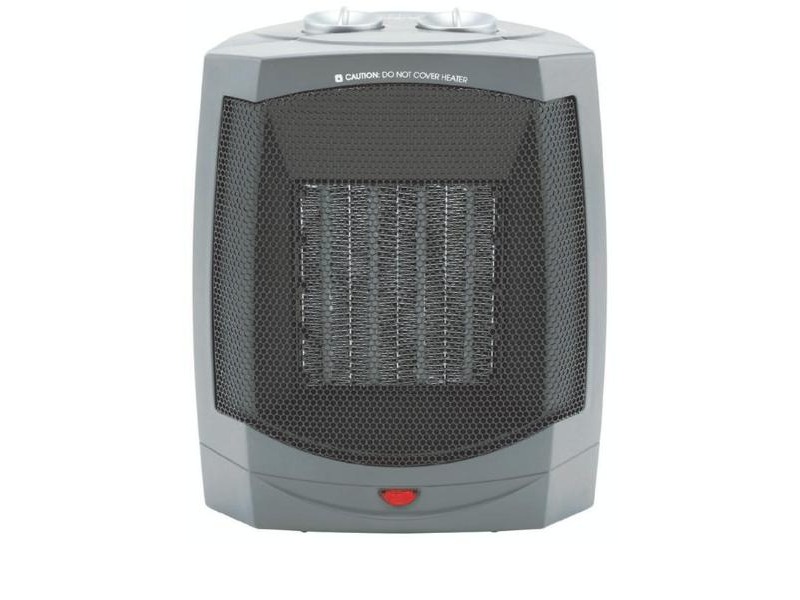
Kambrook KCE30 Ceramic Thermal Guard – The heater I currently have.
I’m a guy who like to take care of my finances and save whenever possible. I will go to major lengths and starve myself with 50¢ noodles for a week if I have to. I’m not saving for anything in particular, but I just like having the security of a just-in-case moment when you need it most.
Leaving the heater off over the weekend was me telling myself that I was going to save between $5-$10 in energy bills. The fact that in my head I was thinking a portable heater may possibly cost 3 times more also played an influence. Living through the ice age over the weekend, I decided to do a bit of research come Monday morning.
I bet you didn’t know that all electric heating is 100% efficient, and that heat is the direct result of the electricity that goes in to it. So basically, no energy is wasted.
The only feature of an electric heater that affects the amount of heat the unit can generate is wattage. No matter how elaborate the cabinet that holds it, electric heating is the same. So a heater that costs $150, $250, $400 or just $29.99 may advertise a 1500-watt system, but all generate the same amount of heat/electricty.
So, how much will an electric space heater cost to operate?
Watts x hours of use ÷ 1,000 x cost per kilowatt-hour = cost of operation
This means that if a 1,500-watt heater ran 24-hours at a rate of 7.57 cents a kilowatt-hour, the cost would be $2.73 a day (1,500 x 24 ÷ 1,000 x $0.0757). For a month that would amount to $81.76 added to the electric bill of the average customer.
Doing my research, I then proceeded to Bunnings after work to source out heating units and their respective prices. What I found, quite frankly, surprised me. The price on heaters ranged from $29 to $500. None supplied more watts than the other. The general wattage used by most heaters were about 2000W. Then why pay more if they produce the same amount of heat and cost the same amount of energy? Well, that’s where branding, packaging and the consumer’s price point vantage plays its game.
So taking into account that a cheap heater is just as good as an expensive one, I’ll do a short review on heaters that are affordable for me.
Convection Heaters
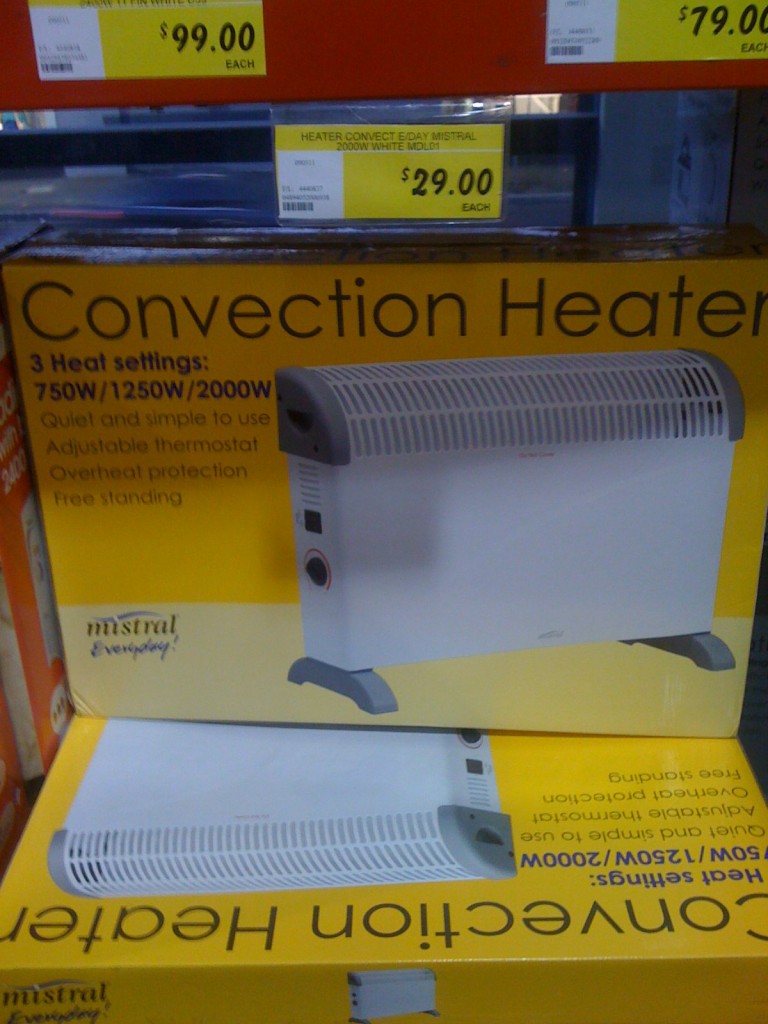
The convection process involves blowing air across a heating element. The air absorbs the heat and is then blown out to heat the air in a room. Thus, this is what you want for a small, chilly, enclosed office or a room that lacks sufficient heat.
Having the option to choose between heat settings is always a bonus. Obviously, the higher the wattage, the warmer the air that will blown out. At $29, I’m surprised I still haven’t gotten myself one of these.
Oil-Column Heaters
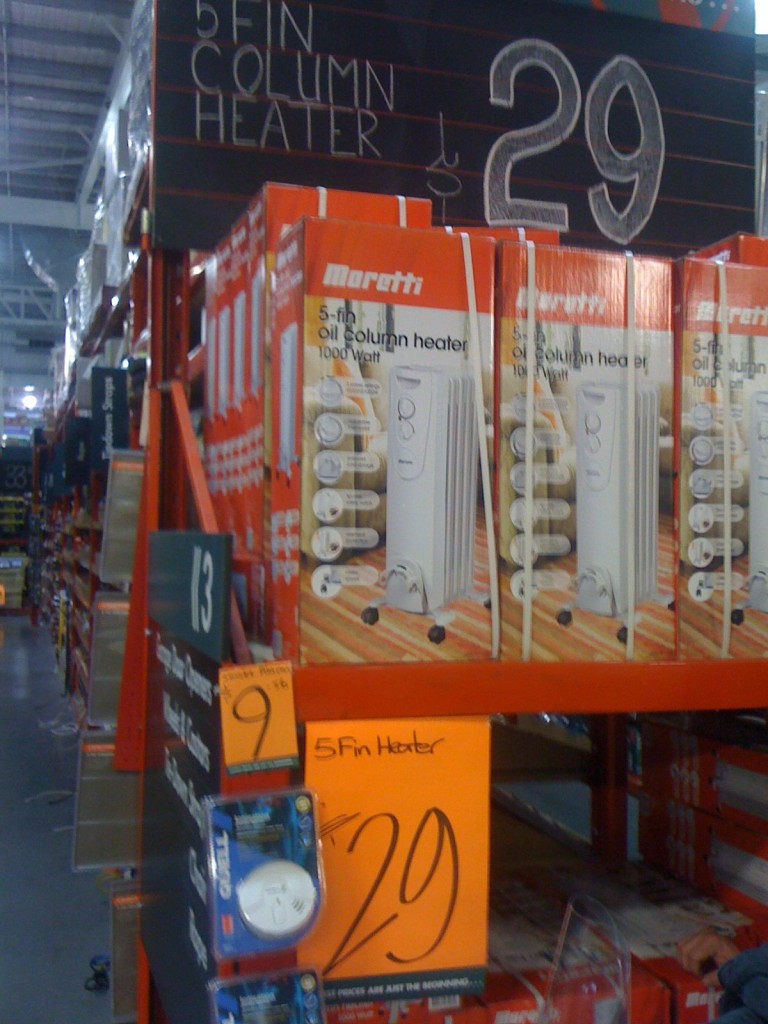
An oil-column heater is also classified as a convection heater. They basically look like old-fashioned radiators. Some models oscillate, further helping to move the air around the room.
Personally I haven’t had good experiences with oil heaters. Back in highschool, they used to heat up the room so much that I had to jump out of bed to turn the knob off every consequent hour. Last year, I bought myself a cheap and portable oil-column heater which barely heated anything up besides itself.
Radiant Heaters
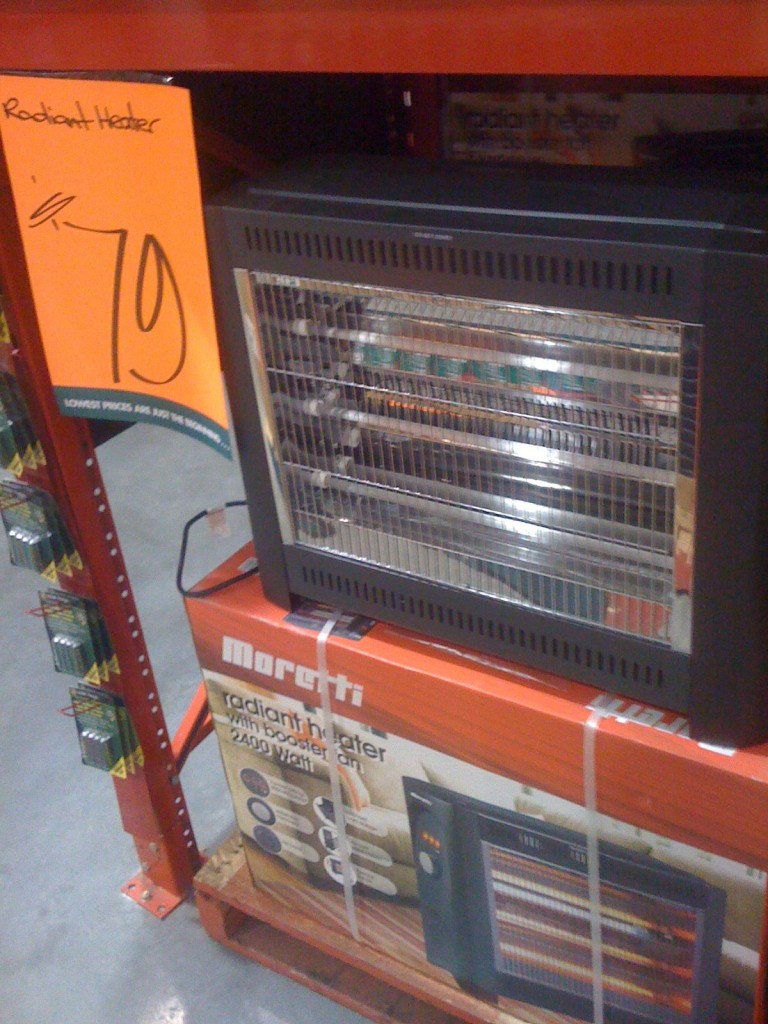
Radiant heaters simply radiate the heat they generate to surrounding objects, much like a campfire. A radiant heater won’t raise the air temperature in a room, so it’s best for small spaces where most people are comfortable, but one feels chilly due to proximity to a drafty window or other circumstance.
We have one of these in our living room but haven’t found the right opportunity to test it out. From the description above, its probably not the best solution to filling a freezing room with warm air, but for the rare occasion you have friends over and need to sit around a heater in a camp-like environment (toasting marshmallows and what not), this is probably the solution for you!
Conclusion
From experience, my preference suggests that a solid convection heater will seal the deal. With adjustable heat setting, cost-efficient pricing and reliability in heat exposure, why rish any other choices?
I hope this reference will be helpful to many this upcoming winter. If I’ve missed out on any basic pointers, please do share your thoughts in the comment section.
[ad code=”1″ align=”center”]
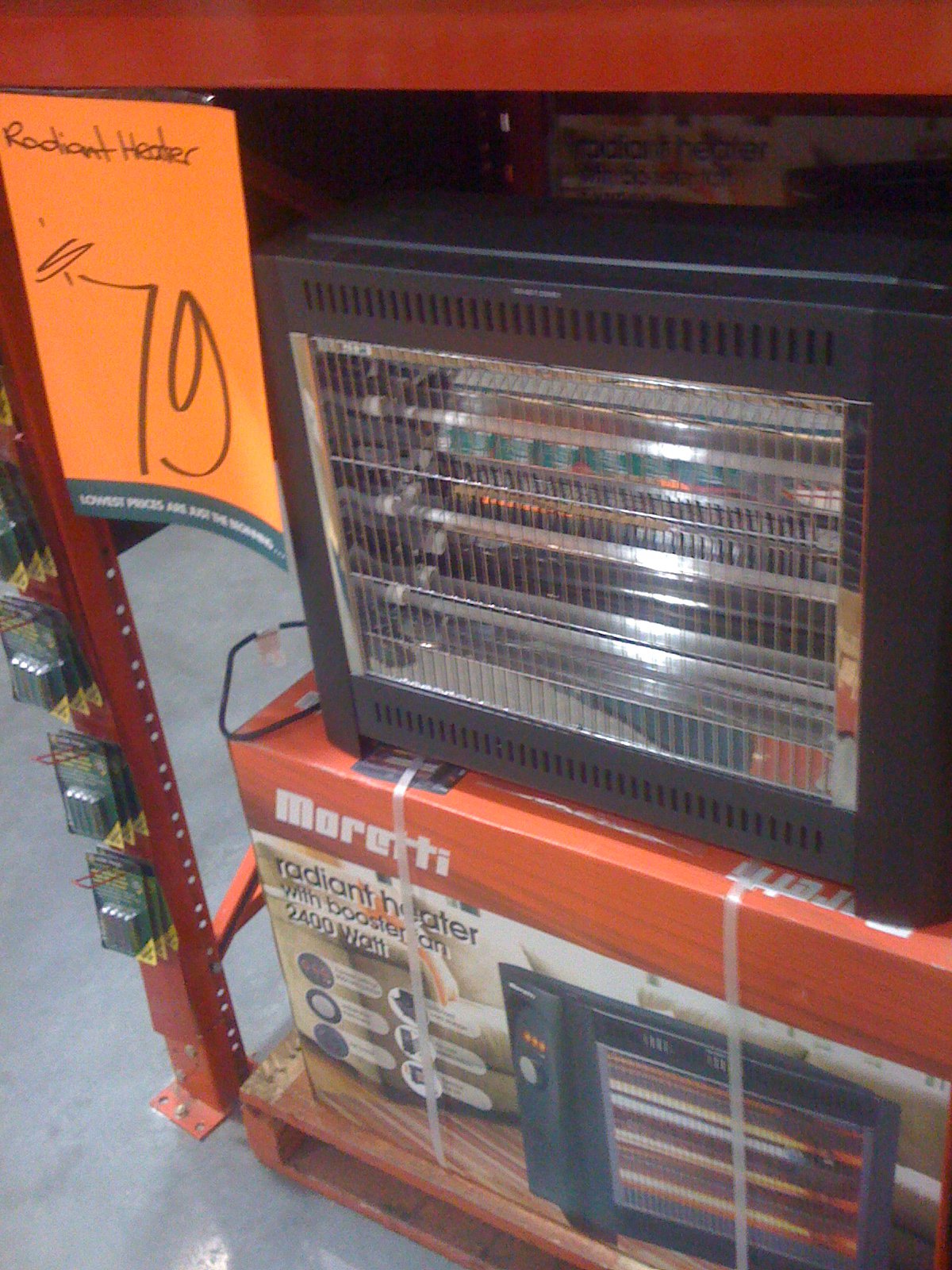
Shannon Chai
May 11, 2011 -
Interesting link here on reverse cycle aircons.
http://www.sustainability.vic.gov.au/resources/documents/Reverse_cycle_AC.pdf
Bit off topic, since you’re talking about portables; but interesting – about a third of the cost!
Adam
May 11, 2011 -
interesting article man. will definitely read up more on it =) thx for the share
gwenda
May 11, 2011 -
you lost me at the math. But yeah i am TRYING to avoid the heter but to no avail.
Adam
May 11, 2011 -
yea, was trying too! but having to wake up to less than 5 degrees cold in the last two days had my brain rewired to survivability mode